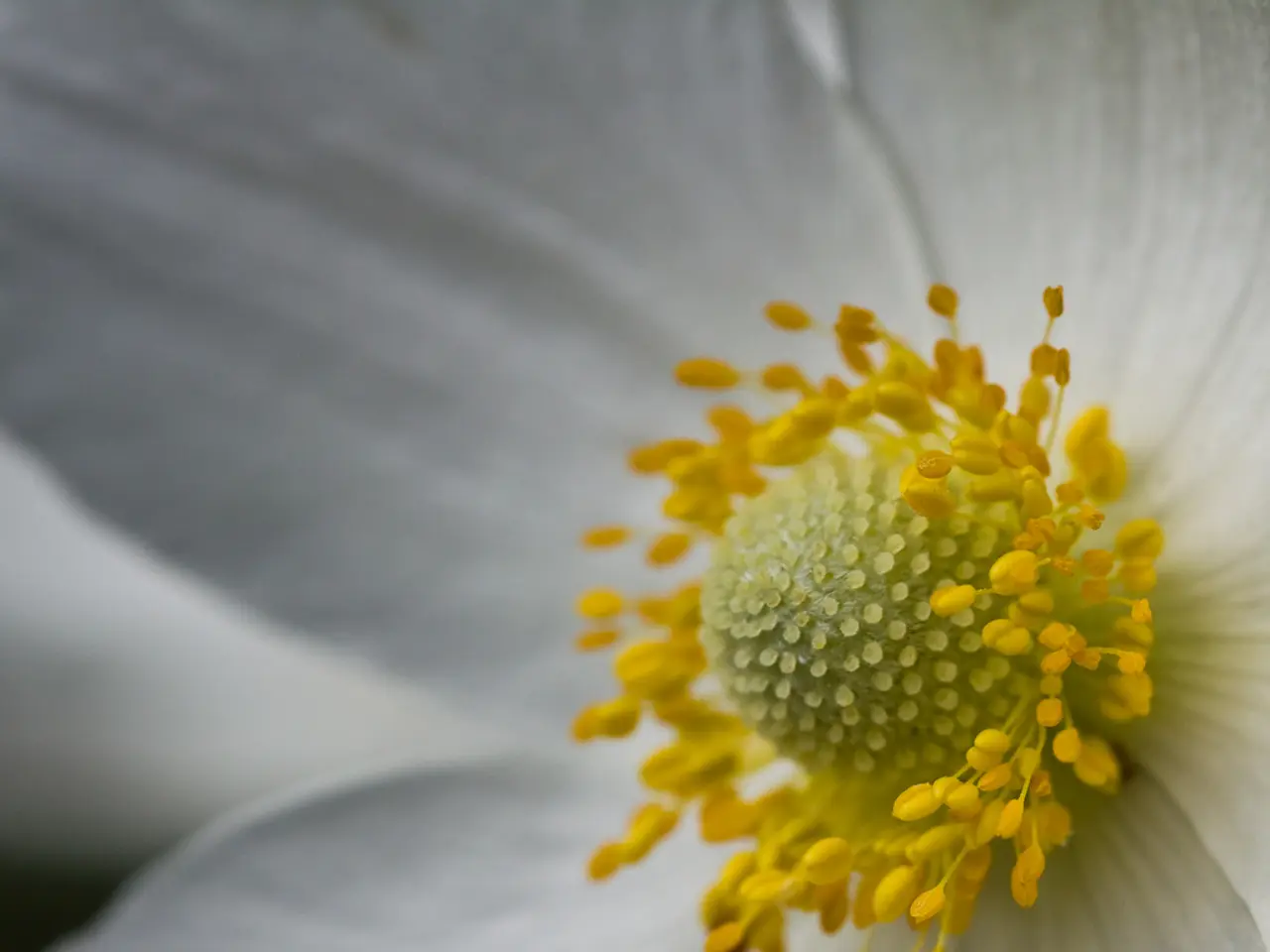Top 47 Most Problematic Plants for Allergy Sufferers in Gardens and Homes
Managing Hay Fever: A Guide to Low-Allergen Plants
Hay fever, also known as allergic rhinitis, affects millions of people worldwide. While it's not always necessary for individuals with hay fever to avoid all plants that can potentially trigger allergies, understanding which type of pollen allergy a person has can help manage symptoms.
Allergy UK, a UK-based charity, recommends choosing flowering plants that rely on insects or birds for pollination to reduce symptoms for people with pollen allergies. This is because these plants typically produce heavier, stickier pollen that does not easily become airborne.
However, some plants are notorious for causing hay fever due to their light, windborne pollen. These include ragweeds (Ambrosia species), sagebrush, sheoaks (Casuarina species), and many grasses and trees that are wind-pollinated.
Ragweeds, for instance, are notorious for causing severe hay fever due to their light, windborne pollen. Around 15% of people in the U.S. are allergic to ragweed pollen. Sagebrush contributes heavily to pollen counts in dry, western regions, exacerbating allergy symptoms. Sheoaks release significant airborne pollen, causing sneezing fits and worsening asthma.
Interestingly, goldenrod, often mistakenly blamed for hay fever, is primarily insect-pollinated. It produces heavy, sticky pollen that does not easily become airborne and typically causes few allergic reactions.
To help manage hay fever, people can minimize their exposure to pollen by opting for low allergen alternatives in their home and garden. The Royal College of Pathologists in the U.K. recommends abelia, brooms, bleeding heart, bugleweed, common poppy, daylilies, foxglove, ivy, lady's mantle, larkspur (delphinium), love-in-a-mist (nigella), manuka, masterworts (astrantia), rosemary, sage, scabious, sea holly, star jasmine, thyme, violet as low allergen flowers.
In the northern United States, grass pollen can cause problems for people with allergies in the late spring to early summer. Some types of grass that may be better options for people with grass pollen allergy include Calamagrostis x acutiflora "Karl Foerster", St. Augustine, female cultivars of buffalo grass, such as "Legacy" or "UC Verde", and male-sterile hybrid Bermuda grasses.
If a person is unsure about their allergies, they can consider speaking with a doctor about allergy testing. By understanding which plants are likely to trigger symptoms, individuals can make more informed choices about their home and garden, helping to reduce the impact of hay fever on their daily lives.
- The type of pollen allergy a person has can greatly aid in managing hay fever symptoms.
- Allergy UK advises selecting insect- or bird-pollinated plants to minimize hay fever symptoms.
- Ragweeds, sagebrush, sheoaks, and many wind-pollinated grasses and trees can worsen hay fever due to their light, windborne pollen.
- Surprisingly, goldenrod, often falsely accused of causing hay fever, is primarily insect-pollinated and rarely triggers allergic reactions.
- To assist in managing hay fever, consider low allergen plants in home and garden, such as abelia, brooms, bleeding heart, and Calamagrostis x acutiflora "Karl Foerster".
- Speak with a doctor about allergy testing to gain a clear understanding of which plants may trigger symptoms and make informed choices for home, garden, health-and-wellness, and lifestyle.




